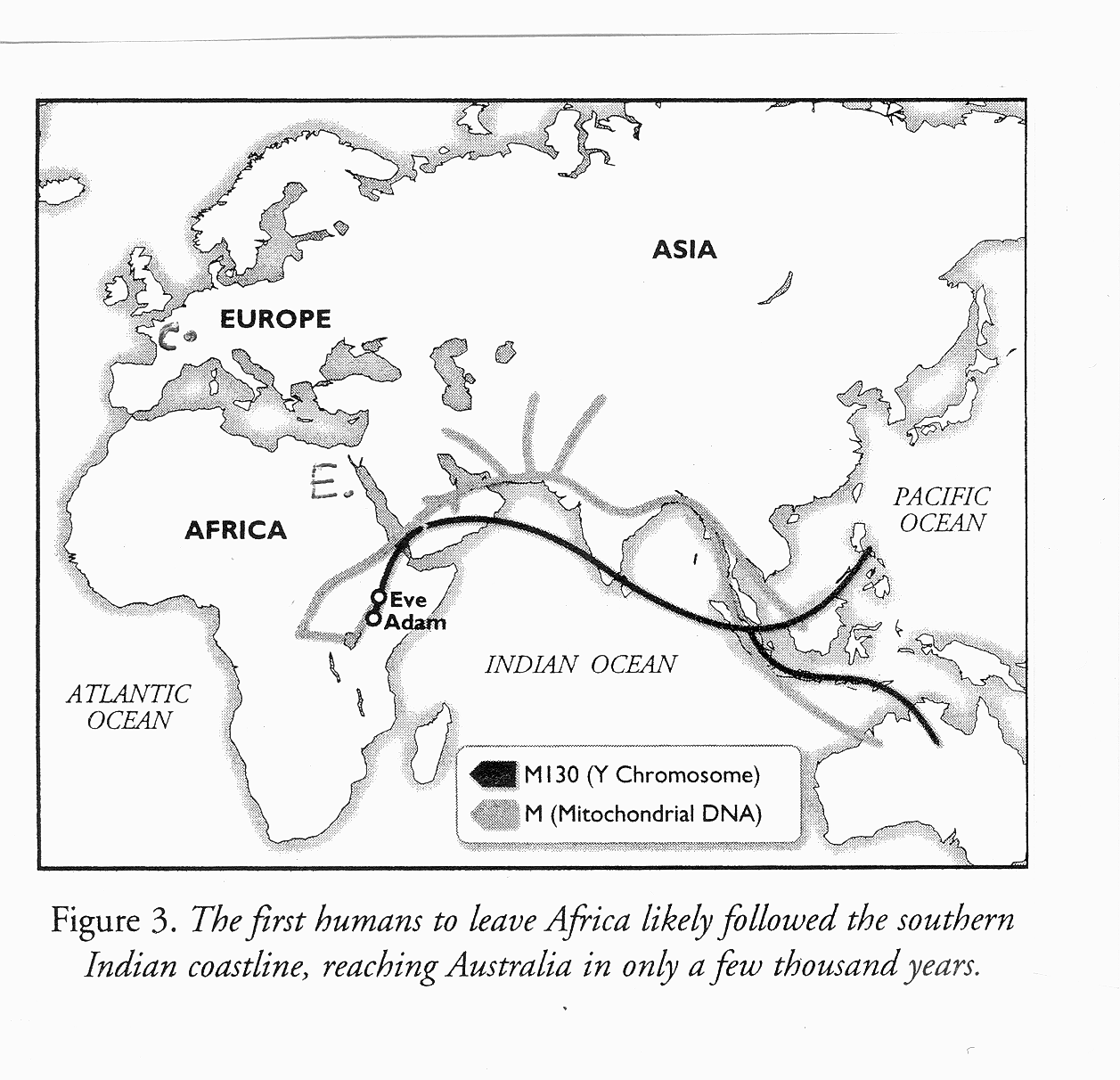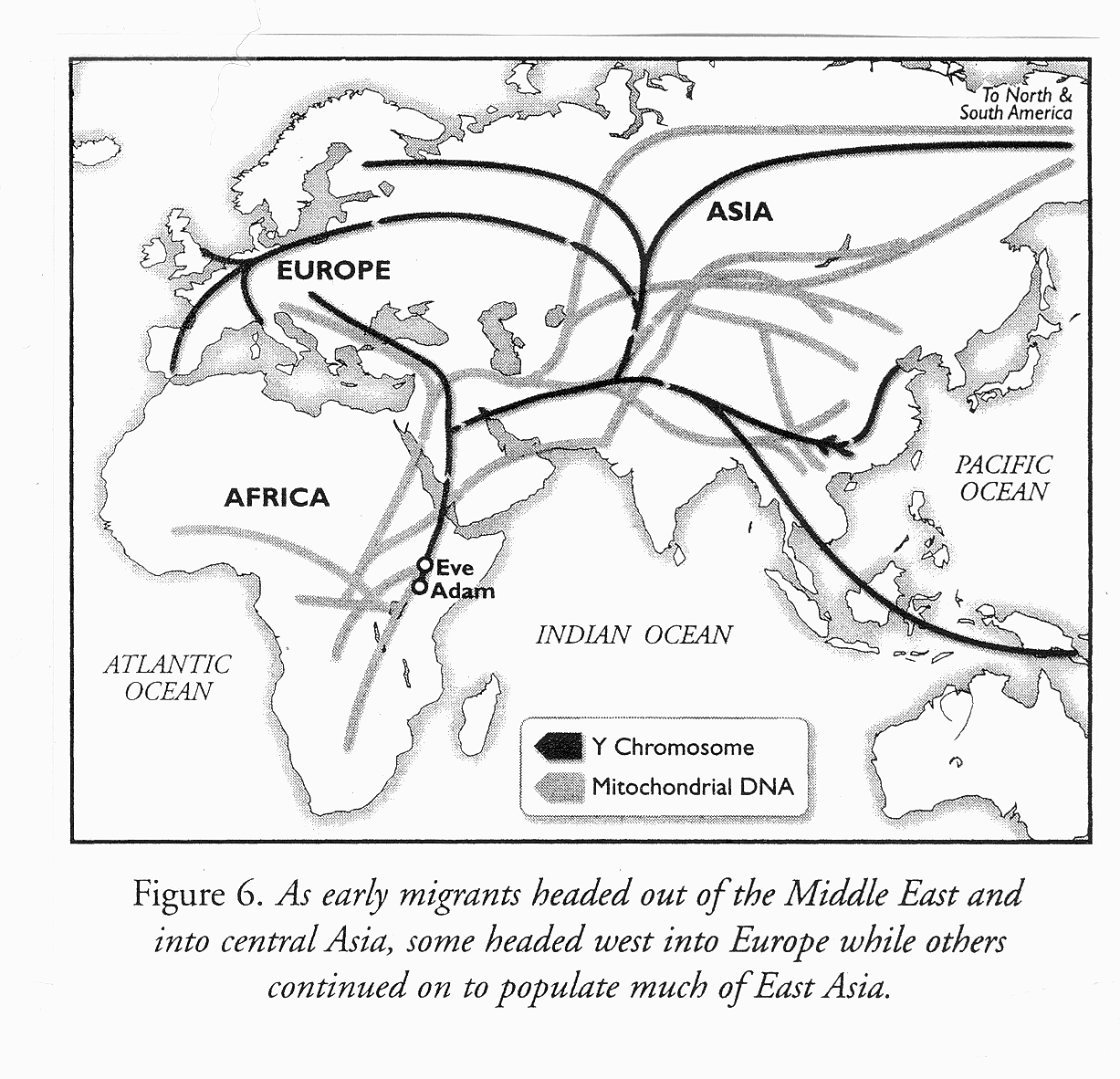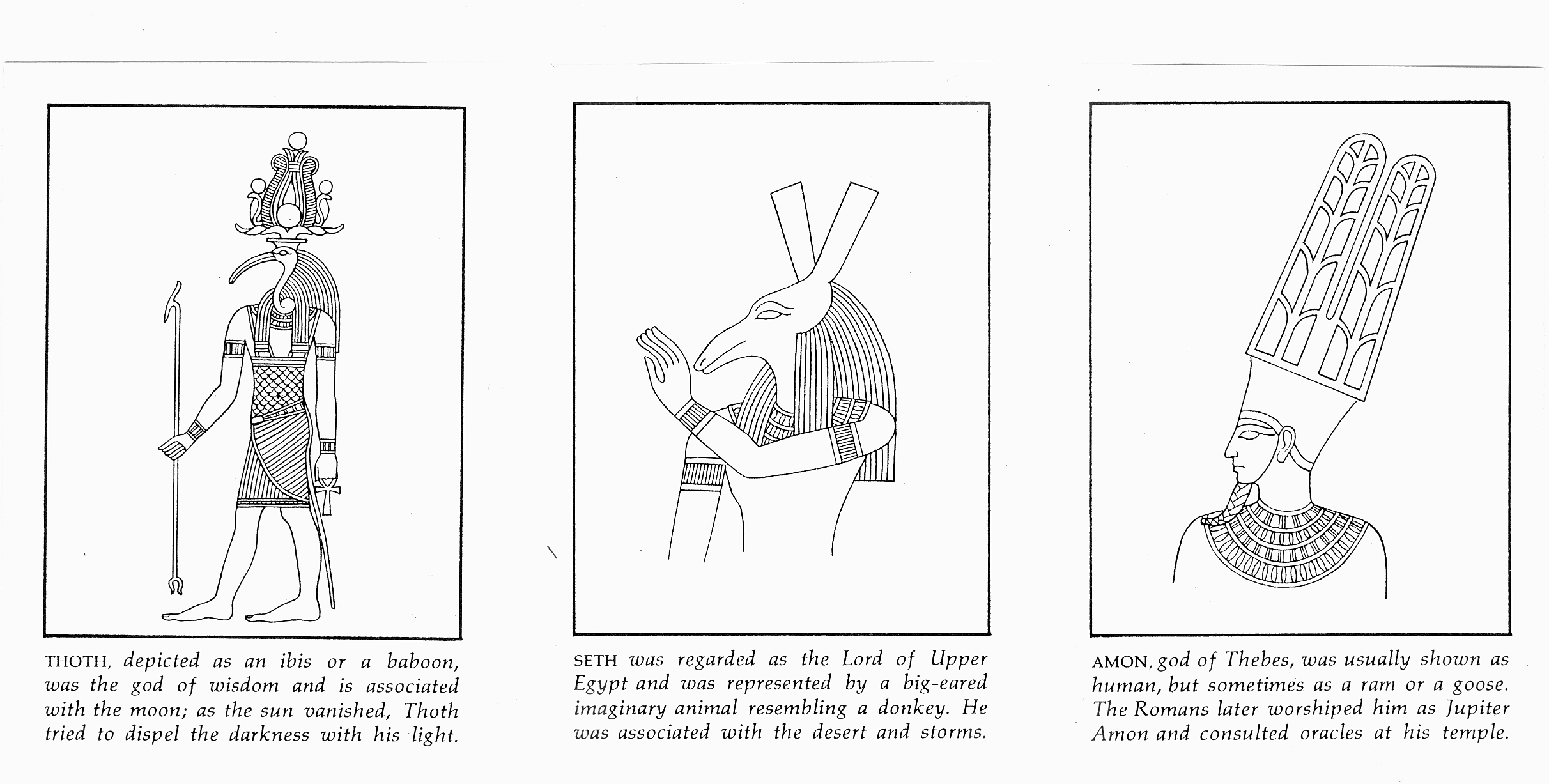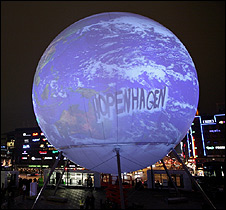1.Opening:
I would like to start with sharing a definition of religion that resulted from my reading Joseph Campbell’s four volumes on the mythologies of the world, not so titled. I completed that reading around 1988 and throughout I had looked, but not found, some structuring principles that would apply to mythology. The best conclusion I could come to was that myths structure the world of the people that have a myth. Shortly after this I came to formulate this definition of religion:
“We, humans, structure or restructure the past to create a perspective on the future that enables us to act in the present.”
That defines religion as a belief that is still active and current and as a myth if the belief is no longer a currently held as a religious belief.
There are three aspects:
1. Structure of the past.
2. Perspective on the future.
3. Action in the present.
Today we address the first, 2 and 3 will follow later.
The reference framework I am referring to here I have called Existence Divine and explained some of that on October the fourth 2009. Then, I explained that within Existence Divine as a framework, we can place each religious tradition of humankind. To do that we use the idea that each religion holds a unique revelation of Existence Divine for a certain time, place, people and circumstance. This process of revelation is ongoing.
In order to accommodate today’s tremendous diversity of beliefs on our planet, we need to look for a frame work that will accommodate this diversity. This concerns the structuring aspects of our definition of our belief system definition.
We may ask: ‘Where do we go to discover such a structure?’
Since within Existence Divine all aspects of experience and existence are included, the most obvious place to look is in the past of humankind. Here the existing traditions and their handed down wisdoms give us a start. In addition we can apply our recent sciences of Archaeology, Anthropology and the studies of DNA distribution, languages and literature. Combining these we can compose a mosaic, not complete, but sufficiently formed to give us a meaningful picture of how humanity developed and our human culture and religions came to be.
We may ask a second question: ‘Why go to this extend to discover or compose a so called structure?’
The answer is that the roots of our present day diverse human identities, which include religions, go back to the times that humankind came into existence. If we don’t go back far enough we will not uncover the common ground on which we need to stand in order to find the mutual accommodation and appreciation of our human diversity today. In the reaches of times passed lie the beginnings of our shared human identity which need to be uncovered today.
In our presentation today, this takes us back from the present to a time 60 000 years ago (60kya). We will travel forward from that time back to the present and making three stops along the way supported by a connecting narrative. In doing so will look for that trace of revelation of Existence Divine as it may be found at those stops.
The aspects of time, place, people and circumstance for these stops are clear as concepts. However, I want to define ‘revelation’ more closely, as having two required components or stages. The first one is the presence of a boundary situation and the second is the ‘emergence’ of a new content and awareness.
An example of a boundary situation could be the following situation. On hiking through the forest you and friends come across a known stream. Except, it being spring, the creek water is unexpectedly high and force full. What to do? Other boundary conditions or situations can be more serious, such as the death of a close friend, an accident or even a terrorist attack or troop invasion.
The new content that may emerge can be in the form of an insight, discovery or a solution. In the case of our hiking group, we may consider wading through the stream here using supporting ropes, seek a crossing higher up off-trail, or decide to come back later in the season and change our hike route at this time. It is the ‘emergence’ aspect of the revelation that helps us move beyond or away from the boundary situation or even move the boundary itself.
We are now ready to make our journey into the past and make our three stops. Starting in the present we go back 60k years to the time that the first modern humans left the North Eastern region of the continent of Africa.
These first human proceeded along the southern shores of Asia (see illustration 1, figure 3, below:)


Notice the one going into Asia, but then turning westward to populate Europe. That takes us to our first stop in today’s Southern France at a time 40kya. The second stop will be in Ancient Egypt at a time of 4 00BC, while our last stop will be in the present here. Illustration 2 shows image of three Ancient Egyptian deities, to which we will refer later.
Top2.The First stop: The Cave Paintings:
To come to the first stop we start in the present. With the aid of modern sciences we are able to locate time and place that modern humans started migrating to populate the earth. The time was 60ky-ago and the place was the North East region of what we now call the continent of Africa.
This departure point and the subsequent travel route are illustrated in figure 3 of 1. If people traveled one kilometre per year, then it would have taken a few thousand years to get to the southern continent. The route hugged the coast probably because the inland regions were still populated by Homo Erectus, who preceded modern humans by thousands of millennia. The migrating bands may have fished and used the water as refuge when threatened from land. They developed 'boats' and crossed over deep water to present Australia.
The following population waves are shown in figure 6 of 1. The latest branch is the one that enters Asia and then turns west to Europe. These people encountered the Neander-Valley species. These were a homo sapience species with a brain of modern size and with a very strong physique.
The tool sets of all three species were very similar until the time that the modern humans reach Western Europe in around 40ky-ago. Then very sophisticated stone tools (micro-lithes) became common. The first cave paintings that we know of were painted in Chauvet in around 35ky-ago. These paintings were discovered in 1995 in southern France in the Lyon valley. Similar cave paintings were found around 1940 in Lascaux near Bordeaux.
This complex of rock cave paintings is our first of the three stops. At this place and time we have a people who are hunters and gatherers, who encounter a similar type people, who already use the area concerned. Modern men and the Neander-Valley species lived in the same region until 28ky-ago the time of the last Neander-Valley campfire found recently at the very southern edge of Spain. So, these two species shared a common region and its resources for about 10k years.
This I label as the boundary situation in which modern men found itself at that time. From this emerged new, very artful tools and the cave paintings. The cave painting point and suggest the use of organized groups for hunting. This organizing of and working in groups may have been a skill acquired earlier on and helped in the displacement of the competing Neander-Valley species.
But why all the cave paintings? There is no clear answer from those who study this phenomenon as a specialty. However, I would like to combine these paintings with the idea that most likely the people had shaman at that time. We still find shaman in what I call nature cultures in North America, Siberia and other regions until this very day. The shaman's task is to address the boundary situation and come up with an 'emergence', a solution in other words.
A modern description of such shamanic guidance was related last fall on CBC radio in the Massey lecture series of 2009, by presenter Wade Davis. He explained how through experiential knowledge and training from a very early age the 'WayFinder' is trained to learn how to navigate the waters of the Pacific to find new islands for his people. I suggest that the shaman of Chauvet and Lascaux, using their readings and knowledge of nature, weather, sun angle and animal behaviour felt that certain animals would soon migrate into their area.
To discover which animal, the shaman would go into one of these deep caves from which the animal obviously came, 'Mother Earth'! In the dark with some oil lamps he would tactilely search for the animal form about to emerge from the rock and leave the cave. This would be the lead or 'spirit' animal bringing the others along. In the darkness of the cave he would recall the tell tale signs observed in the preceding days.
This process is analogous to the semi dream state in which the WayFinding navigator guides the Polynesian sailing crews, as Davis explained. It is also similar to the 'dreamtime' of the Aboriginal Peoples of Australia or the 'sky' travels of the Medicine Men.
So, this first stop shows the development of new tools, the use of organized group hunt and the shamanic belief that the animals were emerging from the underground cave , could be identified in preparation for the hunt and maybe even 'helped' to emerge from the underground birthing chambers. The boundary situation was the encounter with a competing species. Up until that time even modern men's tool set had not changed very much. The new micro-lithe tools mark a significant improvement. With this last observation we now move on to our second stop.
Top3. Stop Two: Ancient Egypt.
As a connecting narrative we first visit what is now the Sahara desert. At around 15ky-ago it was open range land with much wild life and many lakes with plenty of fish; about this the archaeological records is clear. There is also evidence of attempts at domestication of wild animals, such as a picture of a tethered giraffe. Not all wild animals can be domesticated as we know now, but then it was a matter of error and trial. It was worth the trouble because tethered animals could be fed by humans and no longer had to be hunted. The Nile River at that time is called the 'Wild Nile'. It dropped many hundreds of feet rushing its way to a much lower water level of the Mediterranean Sea.
These scenes changed with the climatic changes that resulted in the melting of the large continental ice sheets of North America, Europe and parts of Asia. This is the time of the floods as these are recorded in the oral traditions of humankind the world over. The Sahara took its lumps so to speak, to become a much drier region over time. Most likely a part of its population migrated slowly east wards as the Nile valley now was full of water and started to fill in with the famously fertile Nile mud. Eventually the delta formed, the flooding still occurring up until modern times when the first dams were built.
As the Nile valley became habitable it populated from the South towards the North as land became arable, but there is also evidence of a rich wild life and much hunting activity. Around the year 4000BC the so-called 'Pre-Dynastic' period starts what has become known as a more or less continuous pattern of 'Pharao-ic' type government until the year zero of Roman times. It is this long period of regular government that makes Ancient Egypt unique.
And because of this continuity it affords us a picture of gradual development, the more so because the Egyptians recorded much of their history. The reason that we want to make it our second stop in the Trace as referred to in the title, is that Ancient Egypt shows a transition from animal type deities to those of human form, showing combined forms in many cases.

Explanation:
Thoth was the god of the scribes and writing, Seth was the god of dark and unruly forces. Amon was one of Egypt’s high gods among the many other gods and deities.
Egypts mythology is best structured by observing that the country was geographically divided in 20 'Nomes' making up the long upper Nile reach from the now Aswan Dam, or elephantine with the Isis temple of old and the delta region of Lower Egypt, which still has the large Pyramids at its southern apex, being divided into 22 'Nomes'. Altogether these 42 Nomes made up pharoa-ic's Egypt for thousands of years. Each Nome had its own capital and its own major deity with others besides.
Over time some of the local deities became national and Isis is one of those. Not all gods started off with an animal form. The goddess of order was 'Maat' and always is shown in human form. She was the one who warded of the feared forces of chaos. These could be the desert storms, foreigners and unruly times. It is a remarkably abstract concept to have a deity dedicated to and it stems from the earliest so called dynasties. Order was essential for the Egyptians to have their irrigation system work in harmony between the many neighbouring Nomes. When to flood waters were low, the upper regions might hoard the water, while sluicing it down when there was too much.
The gods in the temples had a very orderly routine. They were awakened by the duty priests, bathed, dressed, and fed. They had daily routines and at night the order was reversed. This went on from one century to the next. It is almost as if the gods are showing people how to conduct their daily lives. Some gods came out once a year for a public tour.
At such time a priest might present the god with one of two law tablets. If the god staggered at the first, it was presented with the second. If the god responded by neighing, then that was the approved set of laws. These gods were carried on a litter by humans, so they must have made the motions as instructed by the priests.
Nevertheless, it was the way of letting the population know that this would be the law as approved by the Nome’s god. This makes for order and good government. How would the priest have decided? Most likely this was done by means of an 'oracle' as the caption of the 'Amon' illustration reports.
Ethical law were present right from the beginnings of the Pharao-ic reign and also writing started early on. The gods Isis and Osiris over time became gradually more benevolent in their behaviour representing models of ideals of motherhood and partnership. Osiris became a model for a benevolent ruler to follow. This kind of democratization if we may call it that also shows in the development of simpler writing styles.
This popularization shows most significantly in secret texts for guiding the Pharaohs in the afterlife becoming slowly available in use for lower and lower officials. At Roman times, the so called 'Going forth as if by day', scrolls could be purchased all written up with only the name of the prospective left blank!
Egypt's long history shows this democratization process because of its long continuous culture. However, this same process can be observed in less continuous cultures within the same religious tradition. So, we see a trend of the revealed 'truths' that are at first meant for the kings, become more popular and better known. This is a process of assimilation of the content that was at first revealed to the privileged few.
This is an important process to recognize as operating within human society. The Egyptian culture shows us this transition from animal gods, powers and deities in some cases to the more human form revealing the now more assimilated values and rules of behaviour, reflecting the human person him/her-self becoming a more conscious being.
Top4.Third stop: Our Situation at Present.
The Egyptian way of describing the world by means of associations ascribed to gods and powers was present throughout the ancient cultures. The Greeks brought an additional way of thinking to this, in the form of 'logic rule'. You could no longer make just any one association, but they had to follow certain rules about making 'permitted' associations. The Greeks also started to take a more critical look at the behaviour of gods in general. Plato came with the idea of 'ideas'. This allowed for theory formulation. The Egyptian god for order 'Maat' is an example of this.
Around 1200 AD we get in Europe the idea of combining the experiment with the philosophy as was attempted by the Alchemists who called themselves 'Natural Philosophers'. This process led to the formation of what we now know as the sciences. This has been very fruitful to the extent that religion was thought to have become superfluous.
Right up to our own time it was thought that 'secularity' would soon replace religion in most aspects of society. It turns out that even in early societies secularity has been noted by Anthropologists. Secularity therefore is probably best seen as a stage of shedding a belief frame work, a sort of transition. This would make perfect sense in our present state of culture and beliefs.
Our place in the time of humanity as we know it now, is unique because the planet has become closed or a connected place, since the 16th century. No newly to be discovered territories remain. Now we face problems and issues that are global in reach and importance. This is new. None of the traditions of humankind have ever faced this situation and we can safely say that our boundary situation is that of learning to live together on this our planet and learn to accommodate each other, each with our own unique, but not exclusive tradition.
Our story today shows that we have common roots. It also attempts to show that as humans we always confront the unknown because we can only be conscious of a limited world we call our reality. The boundaries of that known world get challenged and with time they have expanded up until this present day. Today we are able to recognize, in a conscious way, our boundary situation and recognize the stage of 'emergence'. This we can do by making use of all of our human traditions, the acquired conscious awareness about our origins and including at the same time, our own vulnerability which stems from our limited knowledge and awareness.
It is precisely at this limit that we find our boundary, now as conscious humans. That is as being conscious participants in the process we are a part of and which we can now recognize as to its possibilities and limitations.
By recognizing these limitations we can become open to the emergence of a solution that takes the form of a revelation within the Existence Divine which is all inclusive.
5. Conclusion:
The culture and religion of Ancient Egypt presents us with an example of living together with a diversity of interests. The story about the humans who painted in the caves attempting to find the emerging animal, is an example of the stage where the new revelation content emerges.
The boundary situation of today is the diversity , but what needs to emerge is the acceptance of our own responsibility to resolve the conflicts and find a the revelation of Existence Divine in the diversity that humanity presents us with and we now have the consciousness to be able to address and bring about. The emerging revelation contents is that we now know enough to bring about our own solutions and apply what we know using the sciences, traditions and ethics of our various cultures as humankind.
6.References:
1) 2010-02-05, A.D. Vander Vliet, author.
Final Draft text supporting the presentation at the Calgary Life Enrichment Centre on 2010-01-31.
2) "Deep Ancestry - Inside the Genographic Project - ", Wells,S., National Geographic, Washington, D.C., USA, 2006. In text illustration #1, figure 3, p.125 and figure 6, p.106.
3) "Egyptian Myth", Pinch, G., Oxford-A Very Short Introduction, OUP, 2004. The references on the Sahara, ethic and time effects.
4) "Ancient Egypt", Casson, L., Time-Life Books, Alexandria, VA, USA, 1965. In text illustration #2, images 'Thoth', Seth' and 'Amon', from p.185.
5) "The Way Finders", Davis, W., CBC Massey Lectures, Anansi Press, Toronto, ON, Canada, 2009; Chapter 2.
6) "The Cave of Lascaux.- The final Photographs-", Ruspoli, M., H.N.Abrams Inc., Publ., New York, NY, USA, 1987. This is given here as a reference to the images painted in the caves, but not the interpretation of them, which is entirely my own view.
Top
